Four Swimming Strokes Ranked by Speed: How Far Are You From Becoming a Swimming Expert?
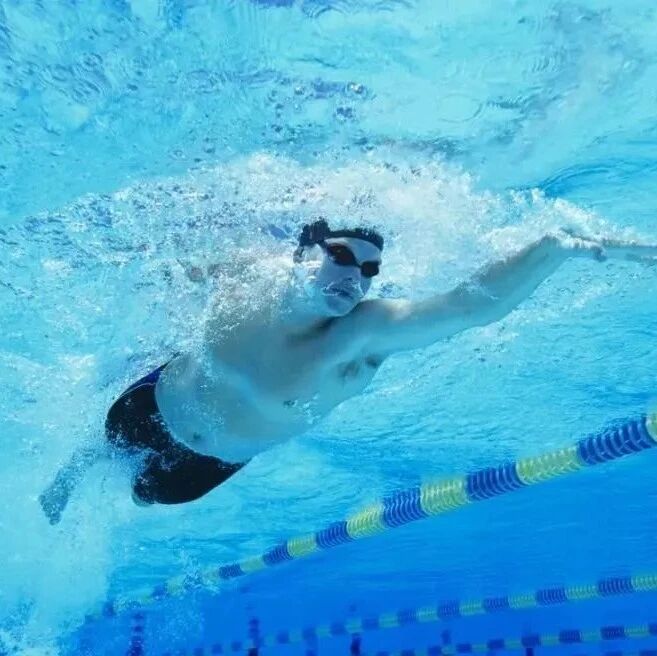
Which of the four swimming strokes is the fastest, and which is the slowest? For beginner swimmers just getting started, the answer is straightforward: freestyle is the fastest, while breaststroke is the slowest. But what about second and third place? Well, butterfly comes in second, and backstroke takes third. So why is freestyle so much faster than the others, and why is breaststroke the slowest? And could the combined speeds of butterfly and backstroke ever surpass the absolute speed limit of freestyle?
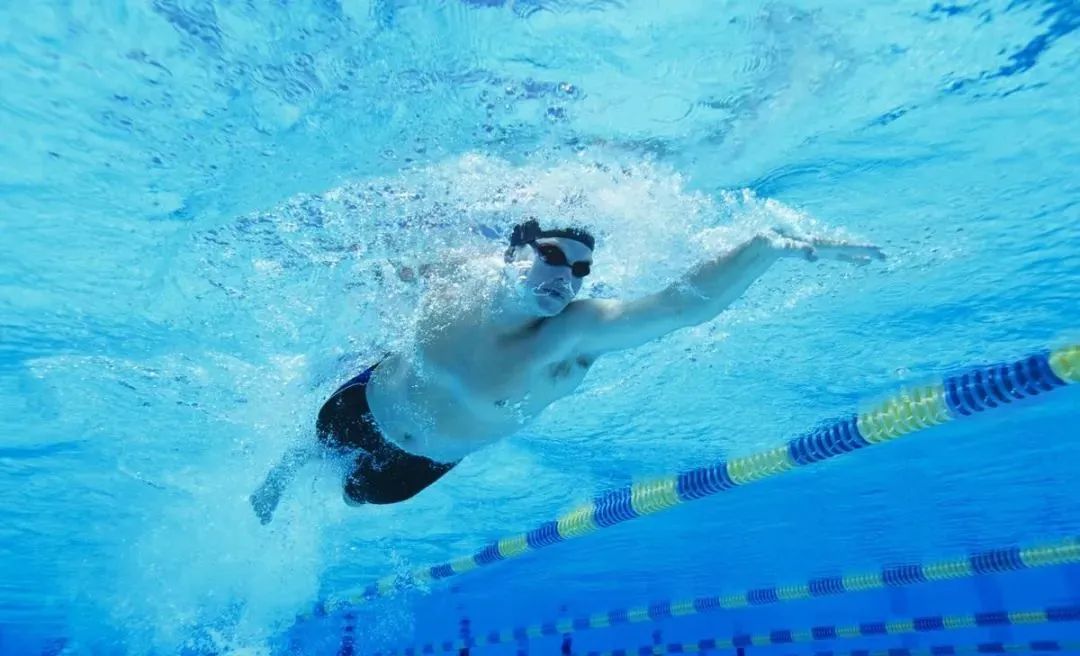
We know that the two key factors limiting swimming speed are "propulsion" and "drag," and it’s often said in swimming that reducing drag is more important than increasing propulsion. Among the four competitive strokes, freestyle maintains the flattest body position, with the body tilted at only about 5° to 10° in the water. Moreover, thanks to the natural side-to-side rolling motion of the body, freestyle minimizes the cross-sectional area presented to the water during each stroke—resulting in the least amount of resistance. This ability to cut through the water with minimal drag is one of the reasons why freestyle consistently outpaces the other three swimming styles in terms of speed.

Is the path of least resistance the main reason why freestyle is the fastest?
No, when it comes to propulsion, neither the arm movements nor the kicking in freestyle are the most effective of the four strokes.
One
Breaststroke
In fact, among the four swimming strokes, the breaststroke's kick-and-paddle motion generates the most propulsive force for leg movements. But then why is breaststroke still the slowest of all?
The reason is that the recovery phase of the breaststroke kick doesn’t generate any propulsive force—on the contrary, the resistance during this phase is actually much greater than you might expect. That’s why every coach advises swimmers to keep their calves tucked behind the projection of their thighs during the recovery, pulling them in slowly before executing a quick, powerful kick-and-press motion. Even in competitive races, the high-intensity recovery phase of the breaststroke kick remains noticeably slower than the subsequent kick-and-press action.
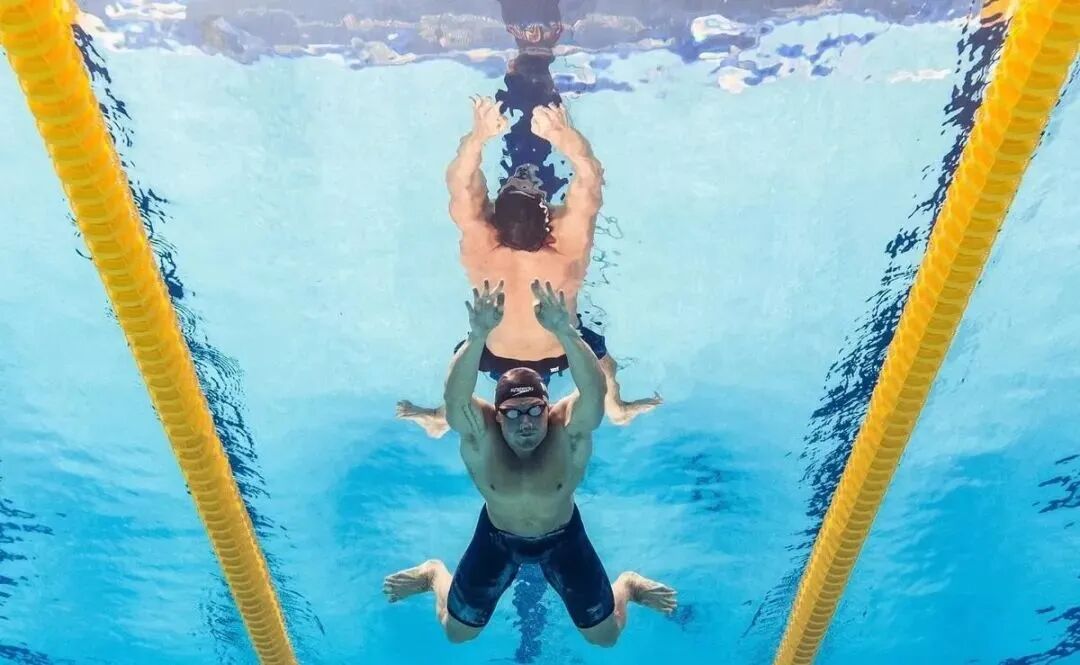
Among the four competitive swimming strokes, only breaststroke involves the arms being fully underwater throughout the entire movement. However, the forward reach phase of the arm actually generates minimal propulsion—instead, it creates noticeable drag. That’s why competitive "wave-style" breaststroke incorporates a technique where the arms extend above water (or just below the surface) during the initial pull. This technique, which differs significantly from traditional breaststroke, has inspired many enthusiasts to follow suit. Unfortunately, most of these swimmers only mimic the wave-style stroke’s characteristic upward arm recovery above water—lifting their upper body and bringing their hands out of the water. Meanwhile, they continue using the flat, undulating movements of conventional breaststroke for the rest of their stroke. As a result, not only do they swim slower, but they also end up expending more energy than necessary.
Let’s set aside the forward propulsion technique—specifically the wave-like motion of the core, hips, and leg kicks—and instead focus on what you’ll notice when closely observing these swimmers who attempt the upper-body wave while executing a flat kick below. You’ll find that, in fact, the standard angle for bending the torso and thighs during the wave-style kick is surprisingly small. However, because they blindly lift their upper bodies too high while still maintaining the typical 130° leg-bend angle associated with the flat kick, this approach significantly increases overall body resistance. That’s precisely why imitators using this so-called "pseudo-wave" style often end up swimming even slower than those performing a true flat kick.
Therefore, for breaststroke, the primary speed bottleneck lies in excessive drag. Reducing drag through technical adjustments is the first and most critical consideration for breaststroke—far more important than for the other three swimming styles.
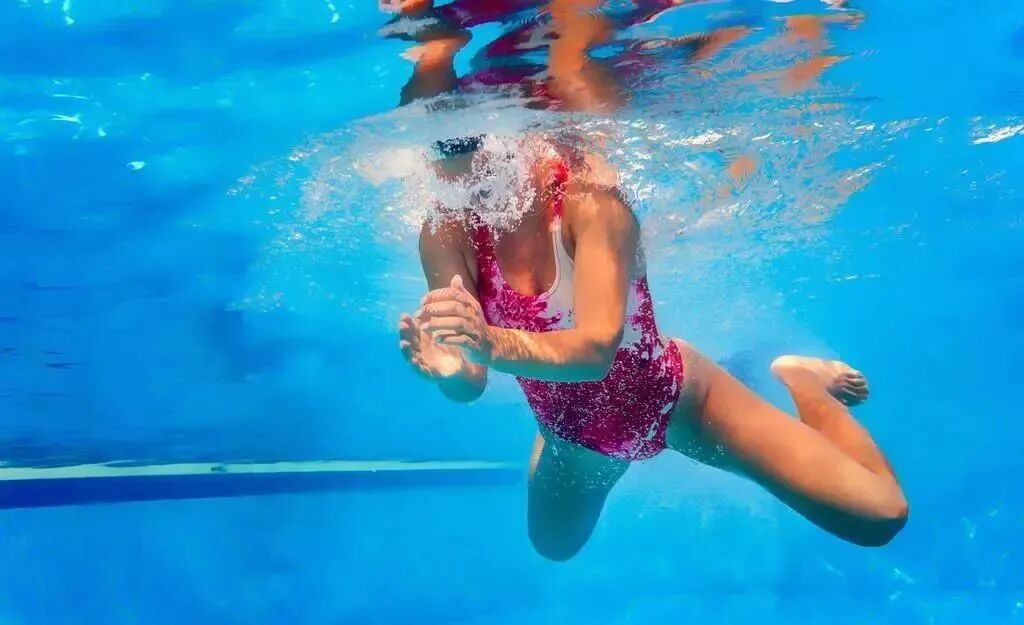
Two
Butterfly stroke
When it comes to arm movements, the butterfly stroke generates the most propulsive force among the four swimming styles. Yet, paradoxically, butterfly is slower than freestyle. This brings us to a third factor: the consistency of speed and the sustained nature of the power generated during the stroke.
Besides offering minimal resistance, the biggest advantage of freestyle swimming lies in its ability to maintain a consistent output of power. As we know, even 50-meter freestyle swimmers typically perform six alternating leg kicks per cycle, and during sprints, some athletes execute more than eight kicks. The "back cross" technique—one arm just finishes pushing the water while the other immediately begins the recovery phase. Although this movement generates less propulsive force per individual arm stroke compared to butterfly, it ensures that power is continuously applied throughout the entire stroke cycle.
Even when arm propulsion decreases during the catch phase, a corresponding kick compensates, providing a steady flow of power that keeps your body moving efficiently and swiftly—much like a high-speed car, balancing fuel efficiency with rapid acceleration.
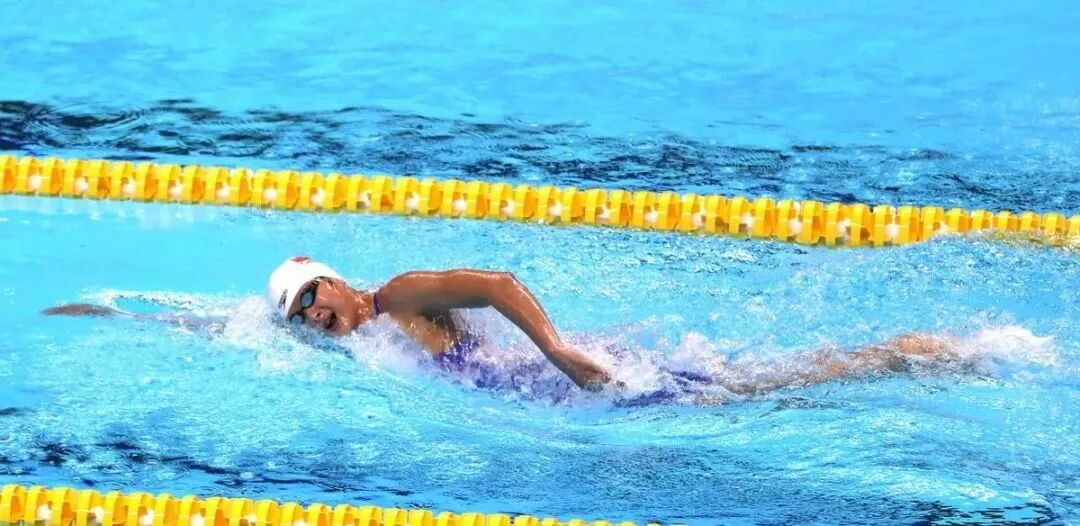
Although the butterfly stroke generates the most propulsive force through its arm movements, its speed is limited by the fact that, after pushing the water and performing the second kick—which causes the body to briefly break the surface—there’s no new momentum to take over; instead, the swim relies solely on the kinetic energy produced by the smooth, sweeping arm motion.
For this swimming stroke, where there’s always a brief moment of deceleration in each stroke cycle, this loss of momentum causes your body to behave like a car—“accelerate—coast in neutral—accelerate—coast in neutral”—constantly restarting the acceleration process. Not only does this consume a lot of energy, but it also lacks smooth, sustained motion.
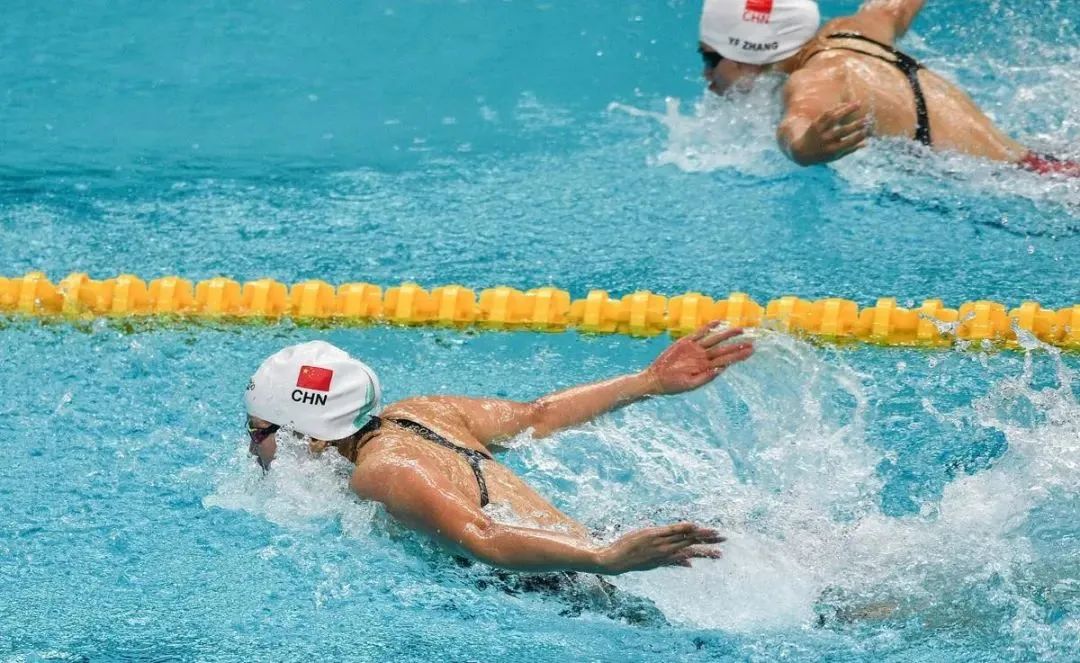
So, since the propulsion from the frog kick in breaststroke and the arm movements in butterfly are the strongest, does that mean using butterfly arms with a frog kick would make you swim the fastest?
In fact, that’s exactly how early versions of butterfly were swum—but clearly, they’ve since been phased out. One reason is the drag created when the breaststroke kick pulls the legs back, and another is the mismatch between the slow, deliberate rhythm of the single flip-and-kick motion and the fluidity of the butterfly arm stroke. For butterfly, the dolphin kick remains by far the most effective leg technique available today.
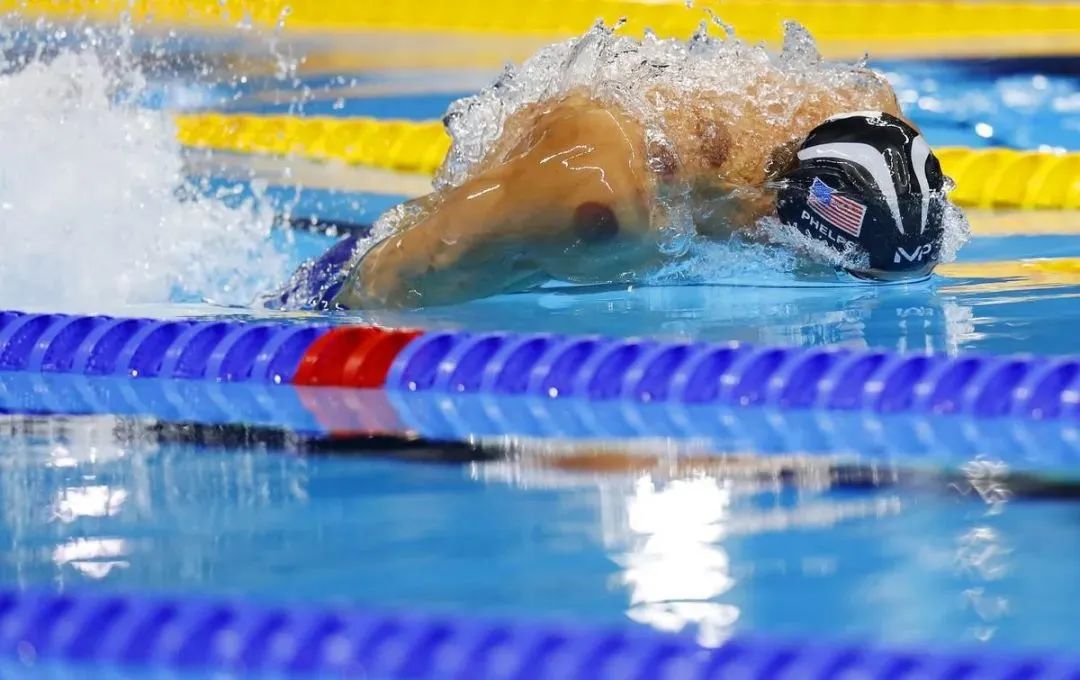
Our coach also knows that to overcome the speed limitations of butterfly, you need to minimize drag during the arm recovery phase out of the water. In fact, the second dolphin kick in butterfly—performed immediately after the arm exits the water—is executed with extra power to boost the peak velocity while gradually reducing deceleration. Similarly, the first dolphin kick after the arm enters the water is designed to compensate for any loss of propulsion during the catch-and-pull phase, ensuring smoother acceleration into the next stroke cycle.
Three ways to play with butterfly legs:
1. Start light, then go heavy
2. Start with the heavier, then move to the lighter
3. Two even kicks
All three kicking techniques are excellent choices, but I personally lean toward supporting the approach of using two even kicks, as I believe that "how to minimize the duration of stall moments" is the key barrier holding back breakthroughs in butterfly swimming speed.
Backstroke
Logically speaking, backstroke is most similar to freestyle—so why is backstroke noticeably slower than freestyle? While backstroke employs the six-beat kick pattern (few swimmers use two- or four-beat kicks in backstroke, even for longer distances), and its alternating leg technique provides continuous propulsion, much like freestyle, while also minimizing drag—then why can’t backstroke outpace freestyle, and why is it actually slower than butterfly—even over distances as short as 200 meters?
First of all, the body angle in backstroke is slightly steeper than in freestyle. However, the main reason lies in the inherent limitations of the arm propulsion technique used in backstroke. It’s much harder for a backstroker to keep their arms pulling directly beneath the body—instead, side-to-side movements during the stroke create torque and disrupt the alignment of the body in a straight line. As a result, backstroke demands more advanced technical skills just to maintain balance. That’s why, when assessing a swimmer’s proficiency in backstroke—not just their speed—you can often gauge their form by observing how smoothly and steadily they glide through the water. So, while backstroke may seem like simply freestyle performed on your back, it’s perfectly understandable that its pace typically doesn’t match—or even surpass—that of freestyle.
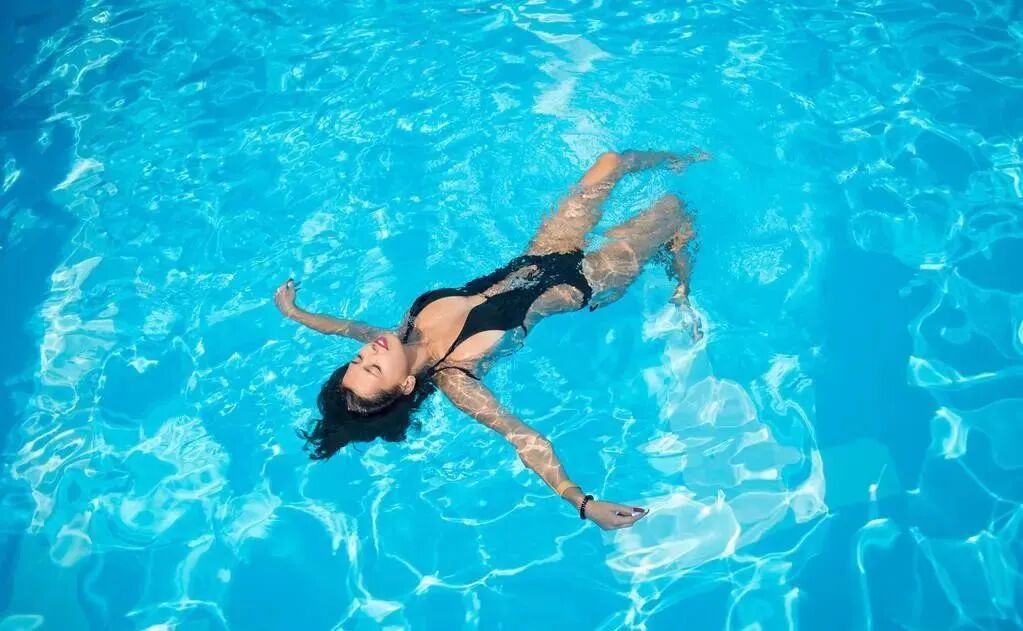
In summary, the speed bottleneck in breaststroke is resistance, while for butterfly, it lies in energy expenditure and loss of momentum. As for backstroke, the limiting factor is the efficiency of the stroke path. If these drawbacks could be addressed through innovative new technologies, surpassing freestyle wouldn’t necessarily be out of reach—but who knows what technological breakthroughs the future may bring?
Subscribe to Swimming Magazine today 👇

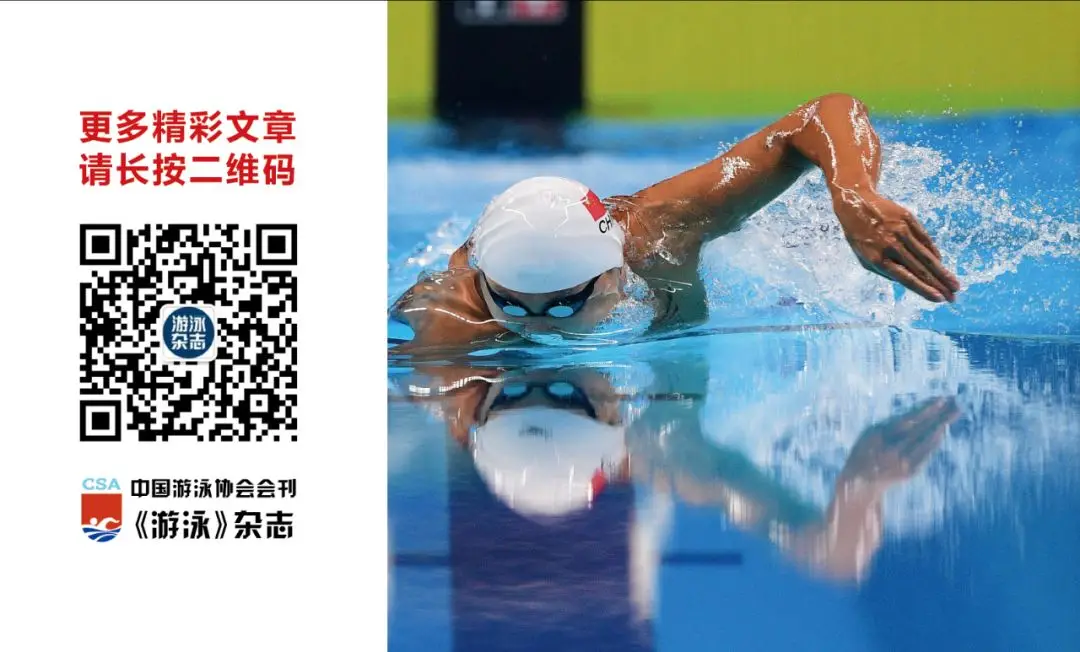
Related Articles
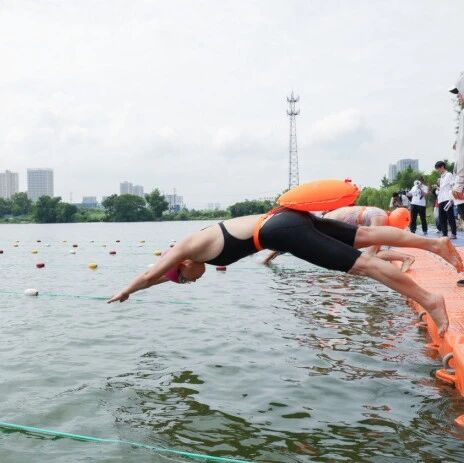
Breaking through the waves and swimming ahead—The 2025 "Jinshan Cup" Open Swimming Championships Concludes Successfully
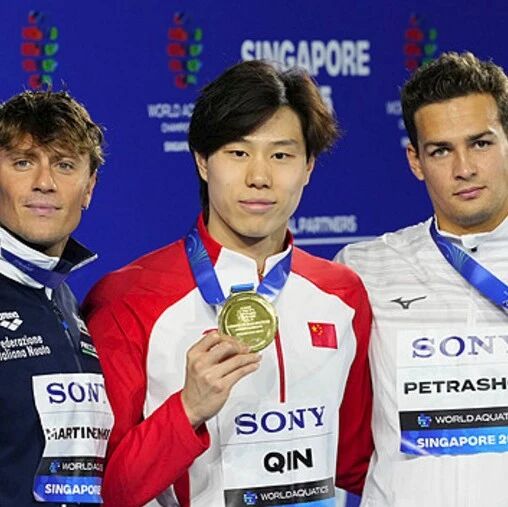
Day 2 at the Singapore World Swimming Championships: Qian Haiyang makes a triumphant return, claiming the 100m breaststroke title, while Yu Zidi narrowly misses out on a medal by just 0.06 seconds.
